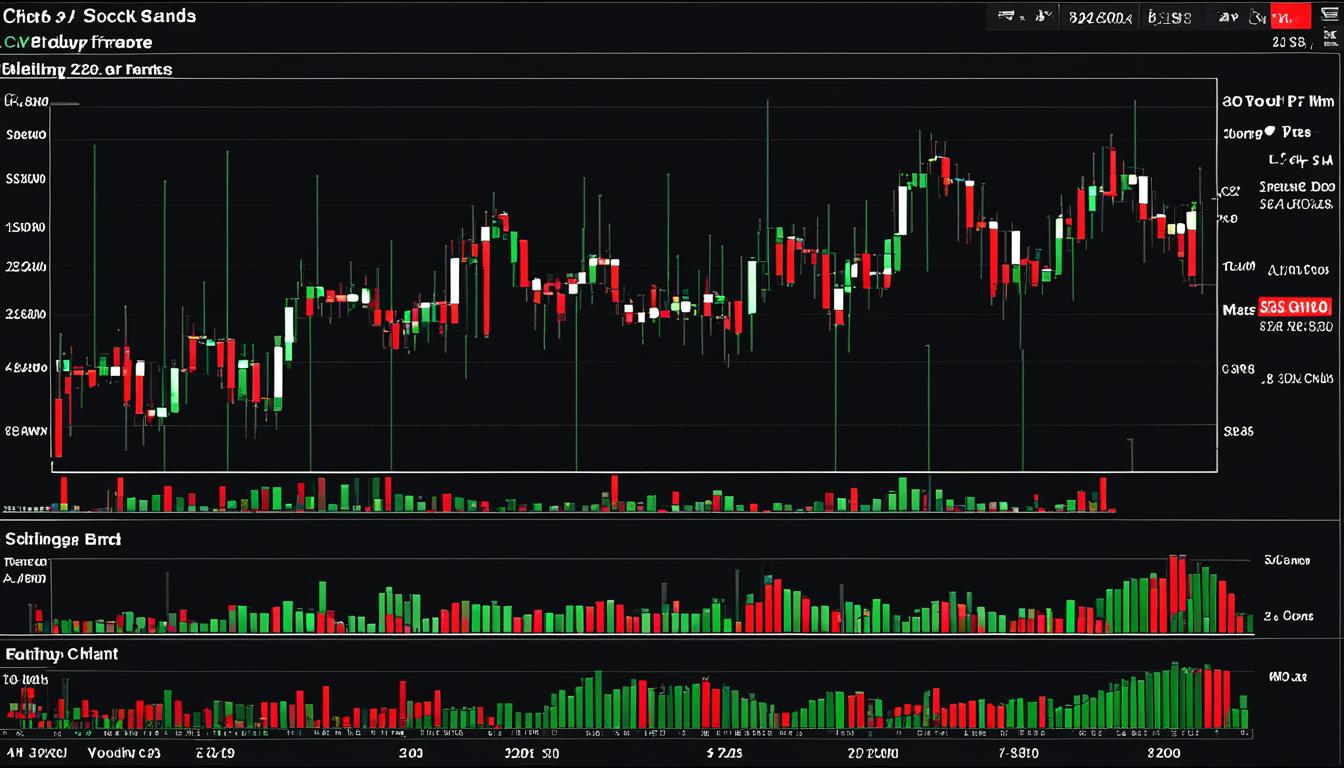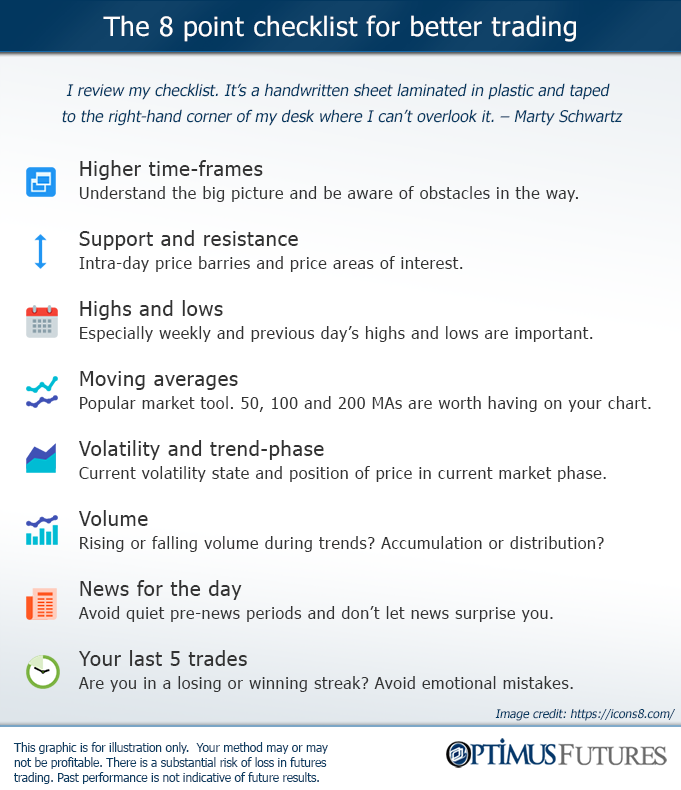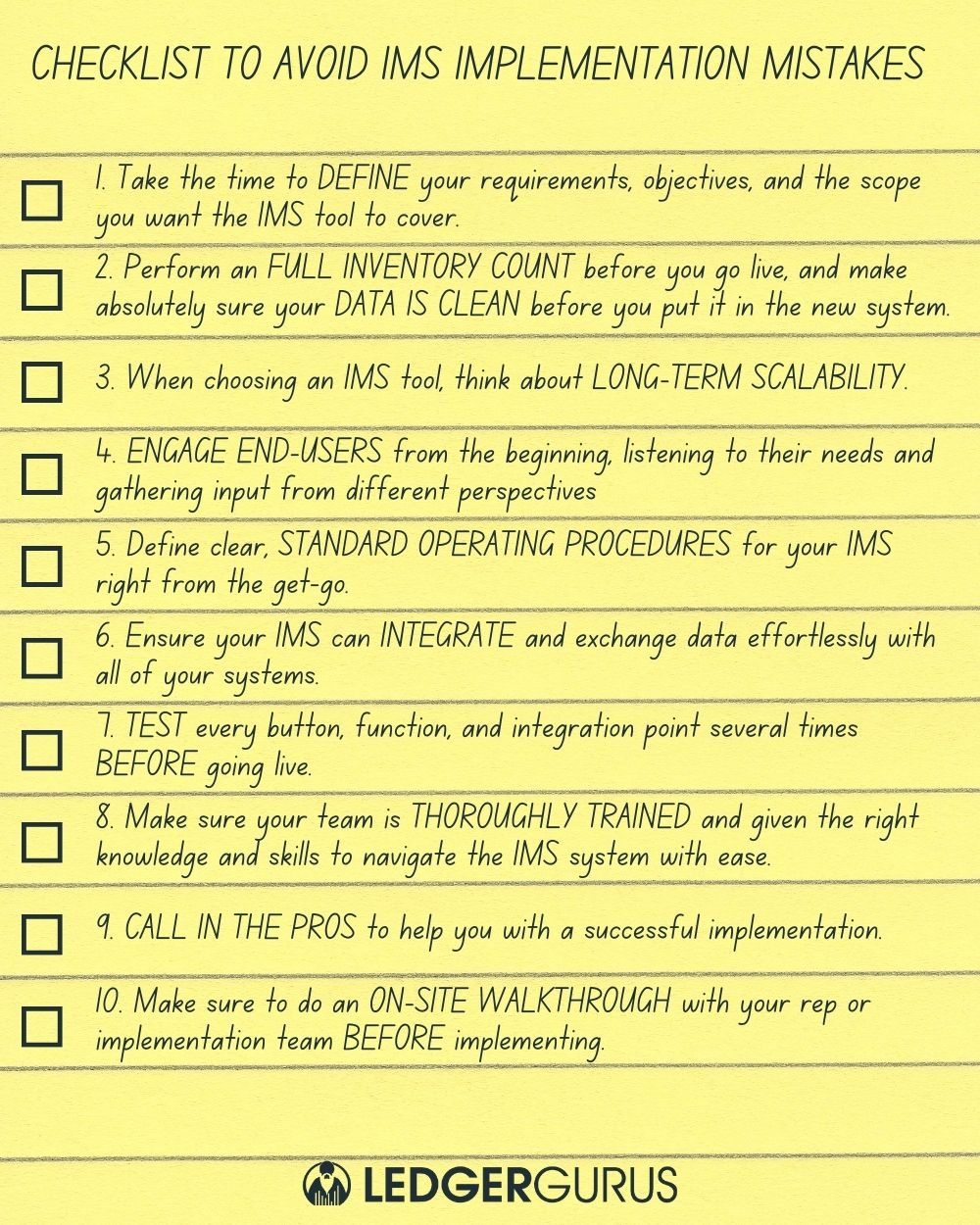Did you know that nearly 90% of day traders fail within the first year? A solid day trading analysis checklist can dramatically improve your odds of success. This article dives into the essentials of crafting an effective checklist that covers everything from key elements and technical indicators to risk management strategies and market evaluation. You'll learn how to assess your trading goals, analyze past trades, and maintain discipline while trading. Plus, we’ll discuss the tools you can use to create and customize your checklist for various trading styles. By the end, you’ll be equipped with the knowledge to avoid common pitfalls and track your progress effectively. Join us at DayTradingBusiness as we guide you through the steps to enhance your trading strategy!
What is a day trading analysis checklist?
A day trading analysis checklist includes the following key elements:
1. Market Conditions: Assess overall market trends, volatility, and liquidity.
2. Stock Selection: Choose stocks with high trading volume and volatility.
3. Technical Indicators: Use indicators like moving averages, RSI, and MACD to identify entry and exit points.
4. Chart Patterns: Look for patterns such as flags, triangles, or head and shoulders.
5. News and Events: Check for upcoming earnings reports, economic releases, or news that could impact stock prices.
6. Risk Management: Define your stop-loss and take-profit points before entering a trade.
7. Trade Plan: your strategy, including entry and exit criteria, and stick to it.
8. Review Past Trades: Analyze previous trades to identify what worked and what didn't.
This checklist helps streamline your day trading process and improves decision-making.
Why is a checklist important for day trading?
A checklist is crucial for day trading because it helps traders stay organized and disciplined. It ensures that all necessary steps are followed before entering or exiting trades, minimizing emotional decision-making. A well-structured checklist can include key factors like technical indicators, market conditions, risk management, and entry/exit strategies. This reduces the chances of overlooking important details and improves overall trading performance. By using a checklist, traders can maintain consistency and focus, which are vital for success in the fast-paced trading environment.
What key elements should be included in a day trading checklist?
1. Market Conditions: Assess overall market trends and news that could impact trades.
2. Trading Plan: specific entry and exit strategies, including target profits and stop-loss levels.
3. Stock Selection: Choose stocks based on volatility, volume, and news catalysts.
4. Technical Analysis: Review charts for key indicators like support and resistance levels, moving averages, and patterns.
5. Risk Management: Define your risk per trade, ensuring it aligns with your overall portfolio strategy.
6. Trade Journal: Keep a log of trades, noting reasons for entry and exit, performance, and lessons learned.
7. Emotional Check: Assess your mental state before trading to ensure you're focused and disciplined.
8. Pre-Market Prep: Review pre-market activity and set alerts for price movements.
9. Execution Plan: Confirm your order types (market, limit) and the timing for entering or exiting trades.
10. Post-Trade Review: Analyze each trade after the market closes to improve future performance.
How can I assess my trading goals effectively?
To assess your trading goals effectively, start by defining clear, specific objectives. Use the SMART criteria: make them Specific, Measurable, Achievable, Relevant, and Time-bound. Next, analyze your current trading performance to identify strengths and weaknesses. Create a checklist that includes risk tolerance, desired profit targets, and preferred trading strategies. Regularly review and adjust your goals based on market conditions and personal development. Lastly, track your progress and outcomes to ensure alignment with your trading aspirations.
What are the best technical indicators for day trading?

The best technical indicators for day trading include:
1. Moving Averages (MA): Helps identify trends and potential reversal points.
2. Relative Strength Index (RSI): Indicates overbought or oversold conditions.
3. MACD (Moving Average Convergence Divergence): Shows momentum and trend direction.
4. Bollinger Bands: Measures volatility and potential price reversals.
5. Volume: Confirms trends and signals potential reversals.
6. Stochastic Oscillator: Assesses momentum and identifies potential reversal points.
Use these indicators to enhance your day trading analysis checklist.
How do I evaluate market conditions before trading?
To evaluate market conditions before trading, follow these steps:
1. Review Economic Indicators: Check key reports like GDP, unemployment rates, and inflation to gauge economic health.
2. Analyze Market Sentiment: Look at news headlines, social media trends, and investor sentiment indicators to understand market mood.
3. Study Technical Indicators: Use tools like moving averages, RSI, and MACD to identify trends and potential entry/exit points.
4. Examine Volume Trends: Analyze trading volume to confirm price movements. High volume on price increases signals strength.
5. Evaluate Market Correlations: Observe how different markets (stocks, commodities, forex) are moving together or against each other for broader context.
6. Check for Major Events: Be aware of upcoming earnings reports, economic announcements, or geopolitical events that could impact volatility.
7. Set Risk Management Parameters: Determine your risk tolerance and set stop-loss orders to protect your capital.
By systematically assessing these factors, you can make informed trading decisions aligned with current market conditions.
What risk management strategies should I include?
1. Position Sizing: Determine the amount of capital to risk on each trade based on your overall trading account size and risk tolerance.
2. Stop-Loss Orders: Set predetermined stop-loss levels to limit potential losses on each trade.
3. Risk-Reward Ratio: Establish a favorable risk-reward ratio, aiming for at least 1:2 or better, to ensure profits outweigh losses.
4. Diversification: Spread your trades across different assets to reduce exposure to any single market movement.
5. Market Analysis: Regularly analyze market conditions and adjust strategies based on volatility, trends, and economic indicators.
6. Emotional Control: Develop a plan to manage emotions, ensuring decisions remain rational and not driven by fear or greed.
7. Continuous Learning: Stay updated on market trends and refine your strategies through ongoing education and practice.
8. Review & Adjust: Regularly review your trades and strategies, adjusting your checklist based on performance and evolving market conditions.
How can I analyze past trades for better performance?
To analyze past trades for better performance, create a day trading analysis checklist that includes these key elements:
1. Trade Details: Record the date, time, stock, entry and exit prices, and position size.
2. Strategy Used: Note the specific strategy or setup employed for each trade.
3. Market Conditions: Document the market environment, including volatility and news events.
4. Emotional State: Reflect on your mindset during the trade—were you anxious, confident, or distracted?
5. Outcome: Evaluate the profit or loss and calculate the percentage gain or loss for each trade.
6. Lessons Learned: Identify what worked well and what didn’t, including mistakes and successes.
7. Adjustments: Based on your analysis, any changes to your strategy or approach moving forward.
Regularly review this checklist to identify patterns and improve decision-making in future trades.
What psychological factors should I consider in day trading?
Consider these psychological factors in your day trading analysis checklist:
1. Emotional Control: Assess your ability to manage fear, greed, and stress during trades.
2. Discipline: Evaluate your commitment to sticking to your trading plan and rules.
3. Risk Tolerance: Understand how much risk you can handle without panicking.
4. Patience: Identify your capacity to wait for the right trading opportunities.
5. Confidence: Gauge your belief in your strategies and decision-making skills.
6. Cognitive Biases: Be aware of biases like overconfidence or loss aversion that can skew your judgment.
7. Focus and Concentration: Reflect on your ability to maintain attention in fast-paced environments.
Incorporating these factors into your checklist can enhance your trading performance.
How do I stay disciplined while using my checklist?
To stay disciplined with your day trading analysis checklist, follow these steps:
1. Set Clear Goals: Define what you want to achieve with each trading session.
2. Stick to Your Checklist: Use it as a guide and avoid impulsive decisions outside its parameters.
3. Review Regularly: Evaluate your performance against the checklist to identify areas of improvement.
4. Limit Distractions: Create a focused environment to minimize outside influences while trading.
5. Practice Mindfulness: Stay aware of your emotions and resist the urge to deviate from your plan.
6. Use Reminders: Set alerts to prompt you to follow your checklist at critical trading times.
7. Reflect and Adjust: After each trading day, assess what worked and what didn’t, refining your checklist accordingly.
Implement these strategies consistently to enhance your discipline in day trading.
Learn about How to Stay Disciplined While Day Trading Scalping
What tools can help me create a trading checklist?

To create a day trading analysis checklist, consider using these tools:
1. Google Sheets or Excel: For customizable checklists and data analysis.
2. Trello or Asana: For task management and organizing trade ideas.
3. Trading Journals: Tools like Edgewonk or Tradervue to track trades and performance.
4. Notion: For a versatile workspace to combine notes, checklists, and data.
5. TradingView: For chart analysis and integrating your checklist directly into the trading platform.
These tools will streamline your checklist creation and enhance your trading strategy.
How often should I update my day trading analysis checklist?
Update your day trading analysis checklist at least weekly or whenever there are significant market changes. Regularly review it after major trades or shifts in strategy. This ensures it stays relevant and effective for your trading goals.
Learn about How to Build a Sentiment Analysis Dashboard for Day Trading
How can I customize my checklist for different trading styles?
To customize your day trading analysis checklist, identify key elements relevant to your trading style. Start with these steps:
1. Define Your Style: Determine if you’re a scalper, momentum trader, or swing trader. Each style requires different focus areas.
2. Set Entry and Exit Criteria: Tailor your checklist to include specific indicators or patterns that align with your strategy.
3. Risk Management Rules: Include personalized stop-loss levels and position sizing rules based on your risk tolerance.
4. Market Conditions: Adapt your checklist to assess market volatility, news impacts, and other factors specific to your trading approach.
5. Review Performance Metrics: Track metrics that matter for your style, such as win rate, average profit/loss, and trade duration.
6. Continuous Improvement: Regularly update your checklist based on your trading performance and evolving strategies.
This targeted approach ensures your checklist supports your unique trading methodology effectively.
What common mistakes should I avoid when creating a checklist?

1. Overloading Tasks: Keep your checklist concise; avoid including too many items that can overwhelm you.
2. Lack of Specificity: Be clear and specific about each task. Vague items lead to confusion and errors.
3. Ignoring Prioritization: Rank tasks by importance. This helps you focus on critical analysis first.
4. Not Updating Regularly: The trading environment changes. Regularly revise your checklist to reflect new strategies or insights.
5. Skipping Review Steps: Include a review step at the end of your checklist to ensure all criteria are met before executing trades.
6. Neglecting Timeframes: Specify time limits for each analysis task. This keeps you efficient and prevents analysis paralysis.
7. Failing to Test: Before using it live, test your checklist in practice scenarios to ensure it works effectively.
8. Ignoring Personal Preferences: Customize your checklist to align with your trading style and preferences. A generic checklist may not suit your needs.
How do I use my checklist to track my progress?
To use your checklist for tracking progress in day trading, follow these steps:
1. Daily Review: Every morning, review your checklist before trading. Ensure all items are relevant for the day's market conditions.
2. Pre-Trade Assessment: Check off each item as you prepare to enter trades, like analyzing charts, confirming indicators, and setting risk management parameters.
3. Post-Trade Evaluation: After each trade, evaluate your performance against the checklist. Did you follow your strategy? Mark successes and areas for improvement.
4. Weekly Analysis: At the end of the week, review your checklist to identify patterns in your trading behavior. Adjust your strategy based on these insights.
5. Continuous Updates: Regularly update your checklist to reflect changes in your trading strategy or market conditions. This keeps it relevant and useful.
By systematically checking off items, you stay organized and focused, enhancing your trading performance.
What resources can help me improve my day trading analysis?
To improve your day trading analysis, create a checklist that includes:
1. Market News: Check financial news sites like Bloomberg or CNBC for market-moving events.
2. Technical Indicators: Use tools like Moving Averages, RSI, and MACD to gauge market trends.
3. Chart Patterns: Familiarize yourself with patterns like head and shoulders, flags, and triangles.
4. Volume Analysis: Monitor trading volume to confirm price movements.
5. Risk Management: Set stop-loss and take-profit levels for each trade.
6. Watchlists: Maintain a list of stocks to track daily based on volatility and news.
7. Trading Journal: Record each trade’s rationale, outcome, and lessons learned for future reference.
Utilize platforms like TradingView for charts and analysis, and consider resources like Investopedia for educational content.
Conclusion about How to Create a Day Trading Analysis Checklist
Incorporating a day trading analysis checklist is essential for success in the fast-paced trading environment. By systematically evaluating key elements such as trading goals, technical indicators, and market conditions, traders can enhance their decision-making process. Risk management strategies and psychological awareness further strengthen this approach. Regularly updating your checklist and customizing it to fit your trading style can lead to improved performance. For ongoing support and resources tailored to your trading journey, consider leveraging the insights provided by DayTradingBusiness.
Learn about How to Create a Day Trading Pattern Checklist
Sources:
- Conjoint Analysis Applications in Health—a Checklist: A Report of ...
- Outcome measures for surgical simulators: Is the focus on technical ...
- Reg DD Background, Procedures, and Checklist
- Constructing Experimental Designs for Discrete-Choice Experiments ...
- Frequently Asked Questions about ... - Federal Reserve Board